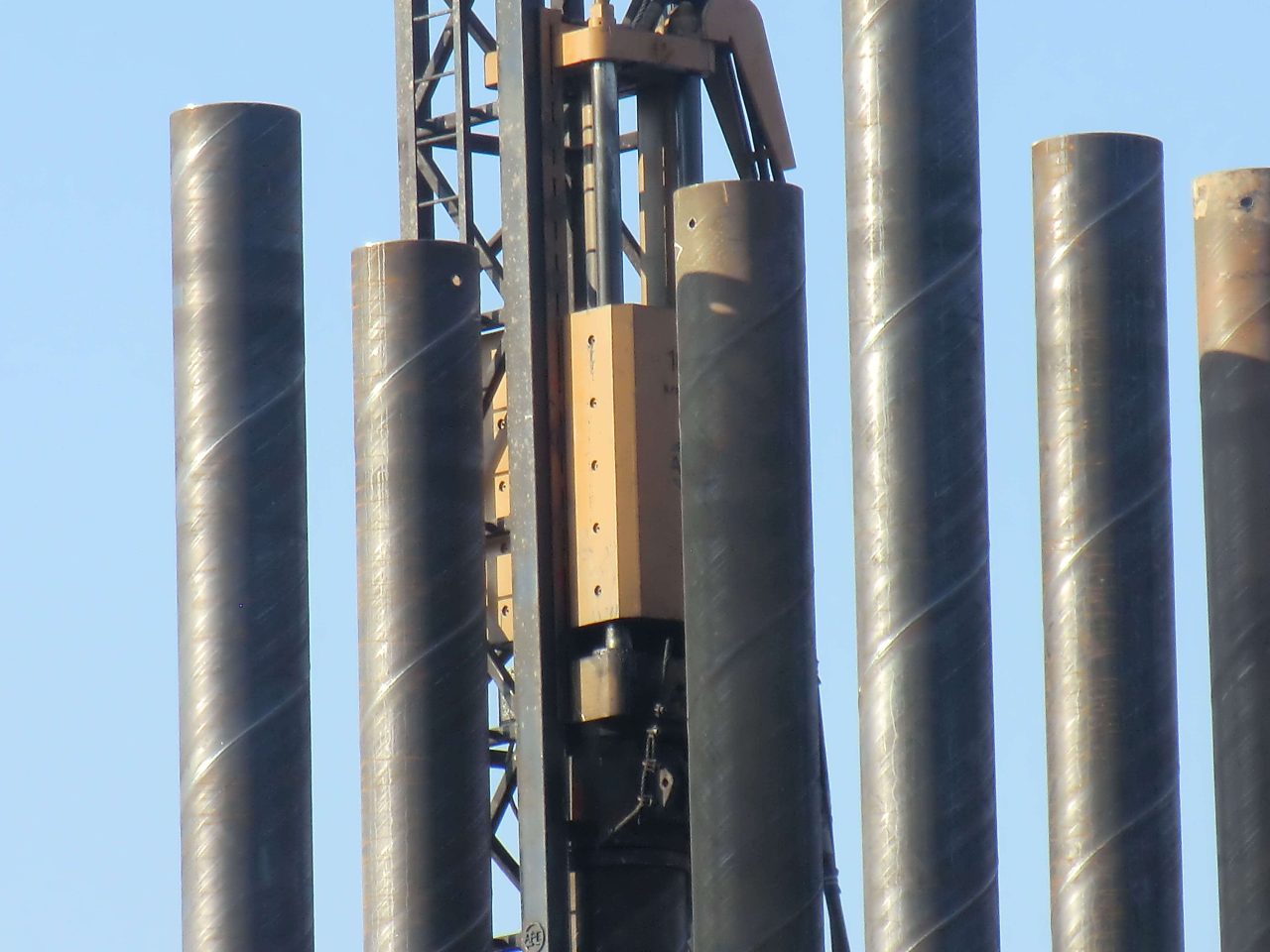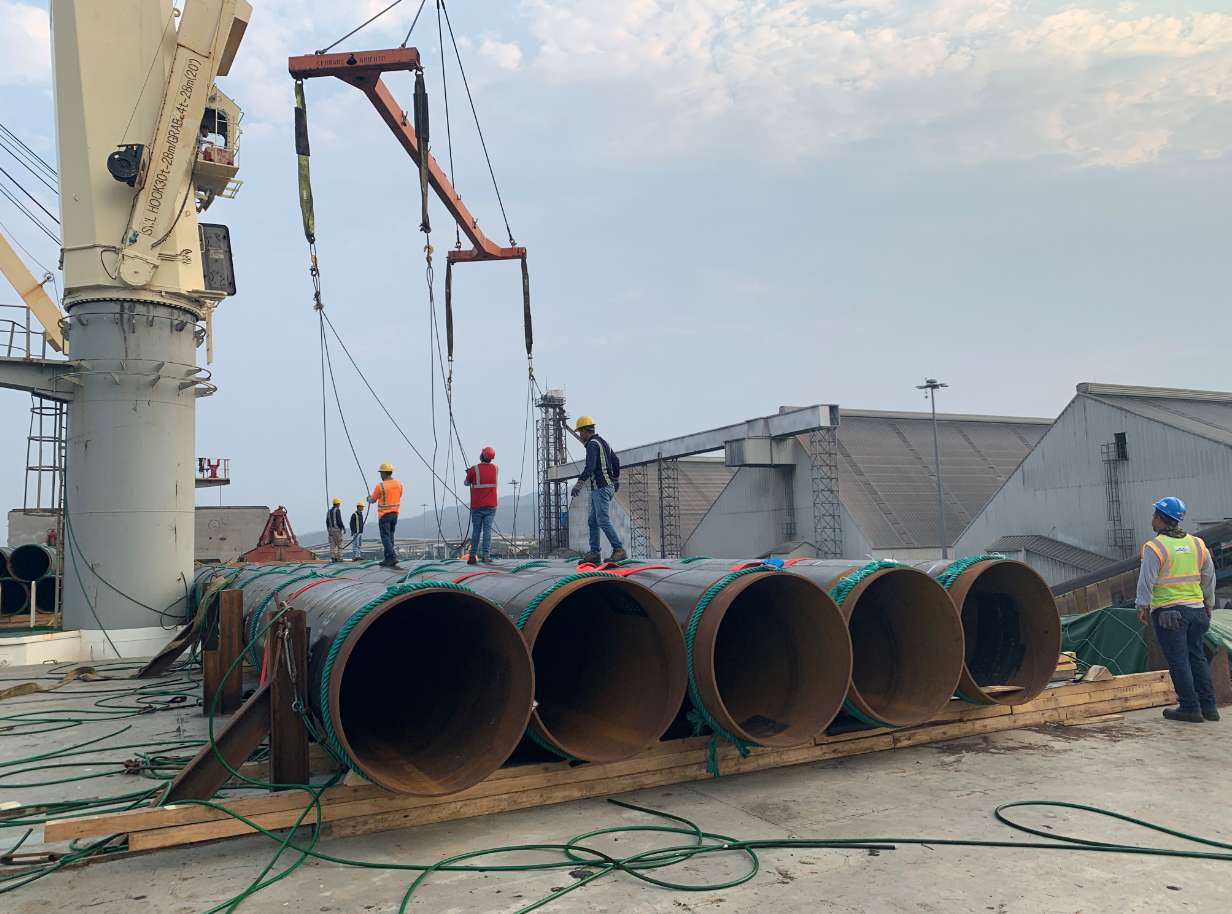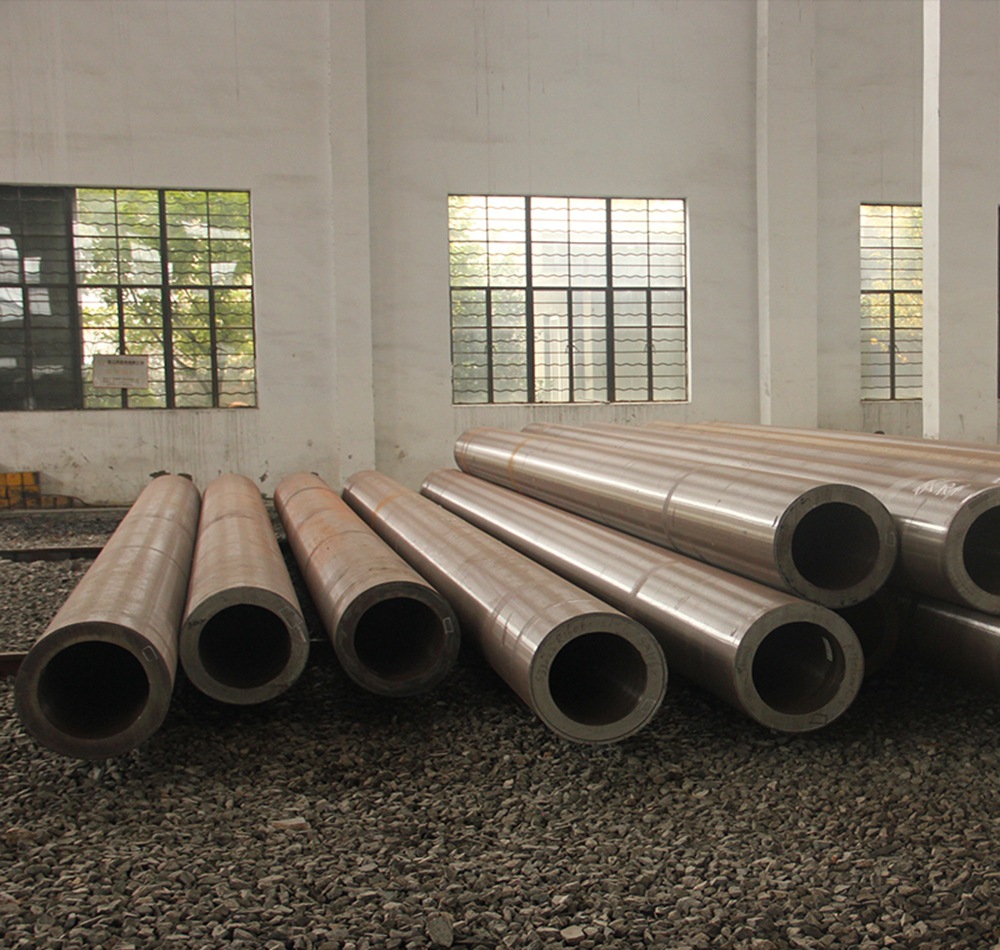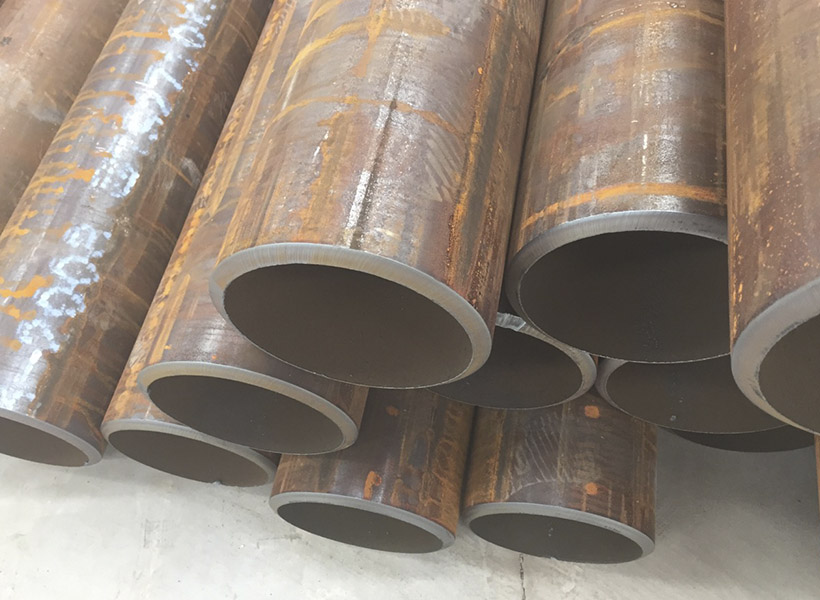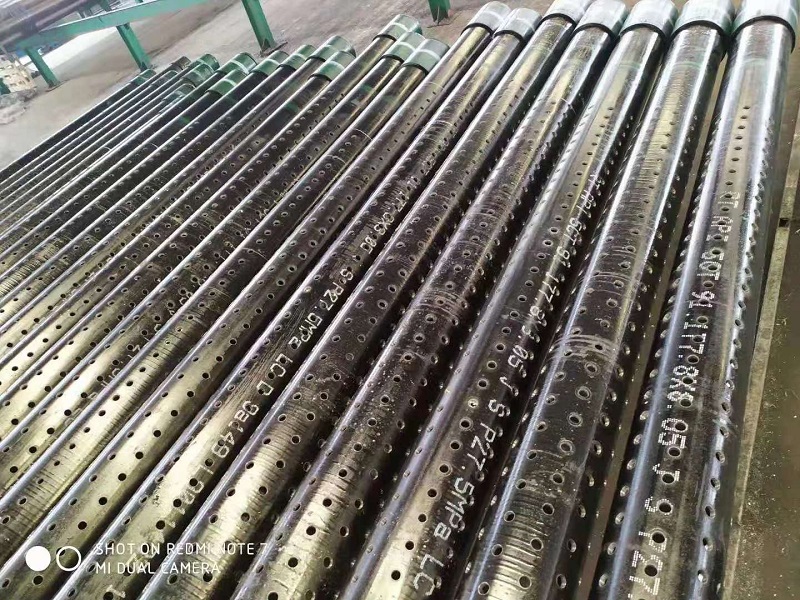Cách đánh giá chất lượng cọc ống thép
Assessing the quality of steel pipe piles is crucial to ensure their reliability and longevity in construction projects. Quality evaluation involves examining various aspects, from material properties to manufacturing processes and final inspections. Here’s a comprehensive guide on how to judge the quality of steel pipe piles.
1. Chất lượng vật liệu
- Lớp thép: Verify that the steel used in the pipe piles meets the specified grade requirements (ví dụ., ASTM, Tiêu chuẩn API).
- Thành phần hóa học: Check the chemical composition of the steel to ensure it contains the appropriate amounts of carbon, manganese, silicon, and other elements to provide the desired mechanical properties.
- Tính chất cơ học: Confirm that the steel meets the required mechanical properties, such as tensile strength, sức mạnh năng suất, và kéo dài.
2. Quy trình sản xuất
- Welding Quality: Inspect the welding process and ensure it meets the standards for the type of weld (ví dụ., submerged arc welding, hàn điện trở). Look for uniform weld beads and absence of defects like cracks, độ xốp, or undercuts.
- Heat Treatment: Verify that the steel has undergone proper heat treatment processes to achieve the required mechanical properties and structural integrity.
- Độ chính xác kích thước: Check the dimensions of the steel pipe piles, including diameter, độ dày của tường, và chiều dài, to ensure they fall within the specified tolerances.
3. Lớp phủ và bảo vệ chống ăn mòn
- Coating Quality: For anti-corrosion coated piles, inspect the coating for uniformity, độ dày, adhesion, and coverage. Ensure there are no bubbles, vết nứt, or peeling.
- Chống ăn mòn: Evaluate the effectiveness of the anti-corrosion treatment, such as galvanization, epoxy coatings, or urethane elastomer coatings. Conduct accelerated corrosion tests if necessary.
4. Physical and Visual Inspections
- Surface Condition: Conduct a visual inspection to check for surface defects such as rust, rỗ, or scaling.
- Độ thẳng: Measure the straightness of the piles to ensure they are not bent or warped.
- End Preparation: Inspect the ends of the pipe piles for proper beveling or squaring, as required for the specific application.
5. Kiểm tra không phá hủy (NDT)
- Kiểm tra siêu âm (UT): Use ultrasonic testing to detect internal flaws such as voids, inclusions, or cracks within the steel.
- Kiểm tra chụp ảnh phóng xạ (RT): Employ radiographic testing to examine the internal structure and weld quality.
- Kiểm tra hạt từ tính (MPT): Apply magnetic particle testing to identify surface and near-surface defects in the welds and base metal.
6. Certification and Documentation
- Material Certifications: Ensure that the steel pipe piles come with proper material certifications and mill test reports (MTRs) that detail the chemical composition, tính chất cơ học, and manufacturing processes.
- Quality Control Records: Review quality control records from the manufacturing process, including inspection reports, NDT results, and coating application records.
7. Tuân thủ các tiêu chuẩn
- Industry Standards: Confirm that the steel pipe piles comply with relevant industry standards and specifications, such as ASTM, API, ISO, or EN standards.
- Project Specifications: Ensure the piles meet the specific requirements outlined in the project specifications, including dimensions, material grades, và tiêu chí hiệu suất.
8. Kiểm tra tải
- Static Load Testing: Perform static load tests on a sample of the piles to verify their load-bearing capacity.
- Dynamic Load Testing: Conduct dynamic load tests to assess the piles’ performance under actual loading conditions.
Phần kết luận
Judging the quality of steel pipe piles involves a thorough evaluation of material properties, quá trình sản xuất, coating and corrosion protection, physical and visual inspections, thử nghiệm không phá hủy, certification and documentation, compliance with standards, and load testing. By meticulously assessing these factors, you can ensure that the steel pipe piles meet the required quality standards and are suitable for their intended application.

